Best recovery shoes for post-run comfort and support
There’s nothing quite like the satisfaction of finishing a long, punishing run – legs heavy, lungs burning, endorphins coursing. But once the final kilometre is logged and the Strava kudos starts rolling in, the next most important step isn’t about pace or distance. It’s what you put on your feet.
Enter the recovery shoe.
Designed to soothe, support and, yes, even indulge tired feet, recovery footwear has quietly become a must-have in every runner’s post-race kit.
These aren’t your average slides or gym shower flip-flops – today’s recovery shoes use smart materials and thoughtful ergonomic design to help reduce muscle fatigue, ease joint stress and speed up the time in which you can get back to pounding pavement.
Whether you’re training for your next marathon or you’re gearing up for a Saturday spent basking in the glory of a new parkrun PB, the right recovery shoes can be the difference between hobbling into tomorrow or walking tall like it never happened. In this guide, we’ll explore the best options out there to give your hard-working feet the break they deserve.
What makes a good recovery shoe?
Recovery shoes aren’t just about squishy soles (though they definitely help).
They might look like slightly chunkier pool slides at first glance, but they’re specifically engineered to help your feet decompress after a tough session – whether that’s a 10km race, hill sprints in Greenwich park or clocking up some mileage along the Thames Path.
Most recovery shoes feature an exaggeratedly cushioned sole, often made from ultra-light, high-rebound foam that absorbs shock and reduces pressure on your feet, ankles and knees. Some models incorporate contoured footbeds that support your arches, helping to ease post-run aches and reduce inflammation, particularly if you suffer from conditions like plantar fasciitis.
Ventilation is another must in recovery shoe design, so many recovery shoes include perforated uppers or moisture-wicking materials to help cool your feet down. Slip-on or open-toe designs also make them easy to chuck on straight after training, because no one wants to faff with buckles and laces when you're drenched in sweat and gasping for breath.
Some newer iterations even come with a bit of style clout – meaning you can head to your local café for a celebratory flat white without feeling like you’re in gym purgatory.
In short? A good recovery shoe cushions where it counts, breathes when you need it and makes the post-speed session ache that little bit more bearable.
When should you wear recovery shoes?
Recovery shoes aren’t reserved solely for medal-wearing marathon moments or post-Parkrun selfies. If you're regularly running, walking long distances or spending hours on your feet, slipping into a pair post-effort kicks can make a world of difference.
Most runners tend to pop them on straight after training to help reduce inflammation and speed up muscle recovery, but their benefits go well beyond the cooldown. Wear them around the house instead of flat, unsupportive slippers; bring them to the office to swap into under your desk; or chuck them on for errands when your legs are still grumbling from yesterday’s long run.
The beauty of recovery footwear is that it’s low-effort, high-reward. No breaking in, no socks required: just instant relief the moment your soles make contact. And while they won’t replace proper rest, hydration or mobility work, they’re a simple way to support your recovery routine without adding another thing to your to-do list.
How we tested
To put these recovery shoes through their paces, I didn’t just stroll around the house on WFH days – I called on them after every run in my Runna plan.
That meant sticking them on after long 20km tempo runs and gruelling interval sessions on the track, not to mention after sweaty CrossFit WODs filled with ankle and calf-busting dynamic movements such as burpees and double-unders.
Each pair has been judged on comfort, support, breathability, ease of wear, recovery feel and, yes, whether I’d actually want to be seen in them. Because recovery shouldn’t stop when you step out the door.



